
Making a lathe without breaking the bank
In a previous article, we discussed turning a custom handle. "Turning", because indeed, it's all about turning cork or EVA or even PU foam. And then there's the question of... lathe! Not everyone has a wood lathe at hand, and many are unlikely to embark on a handle turning project because of this limitation... And yet, the desire to make a custom handle is bound to tickle any rodbuilder's fancy, at one time or another.
Thus, we offer you a low-cost, three-times-nothing solution for making yourself a lathe, which will prove quite satisfactory for turning cork, EVA or PU foam. However, for wood, a real wood lathe will still need to be considered, although this solution is suitable for soft wood.
Materials required
- A drill
- A wooden crate, typically a 3 or 6 bottle wine crate (I use a 3 bottle crate). Bottles serve no purpose in the making of a lathe, so if you don't know what to do with them, I can take them off your hands...
- A turning chuck with collar. Here, a 250 chuck is used. This chuck is flared at one end, which is what makes it so special and useful.
- A small screw, no longer than the thickness of the box wood .
- Two wooden cubes
- One washer
- Two carpenter's pliers
- And some drill bits for fabrication.
Lathe assembly
Make a hole (hole A) in one of the widths of the box, which will accommodate the chuck collar, and secure it (glue, or even just ducktape, to prevent the collar from coming out of its hole).
Slip the chuck into its collar, and up to the opposite width, and mark the spot. Dig a hole there (hole B), inside the box, about half the thickness of the board. Diameter equivalent to that of the mandrel. Add a small washer around the hole (not mandatory), glued to the board.
Screw the small screw from the outside of the board inwards, so that the tip of the screw is in the middle of hole B.
The chuck is thus threaded through its collar, right up to the screw, screwed into the opposite board. The chuck is thus stabilized between its collar and the screw, which fits into the flared end of the chuck.
Lathe composition



Schematic of the ready-to-use lathe



The two wooden cubes are mainly used to wedge the wooden crate, using carpenter's clamps. In the photos below, the crate is wedged onto the corner of a dining table...
Another advantage of this trick is that it collects the vast majority of the dust generated. The following photos show (left) a crate with a residue of dust, prior to the turning of an upcoming handle. The second photo (right) shows a Full-Wells EVA Camou gray after shooting. Note the difference in dust at the bottom of the crate... And household peace is all the better for it, if like me, you can't do this anywhere but the living room...


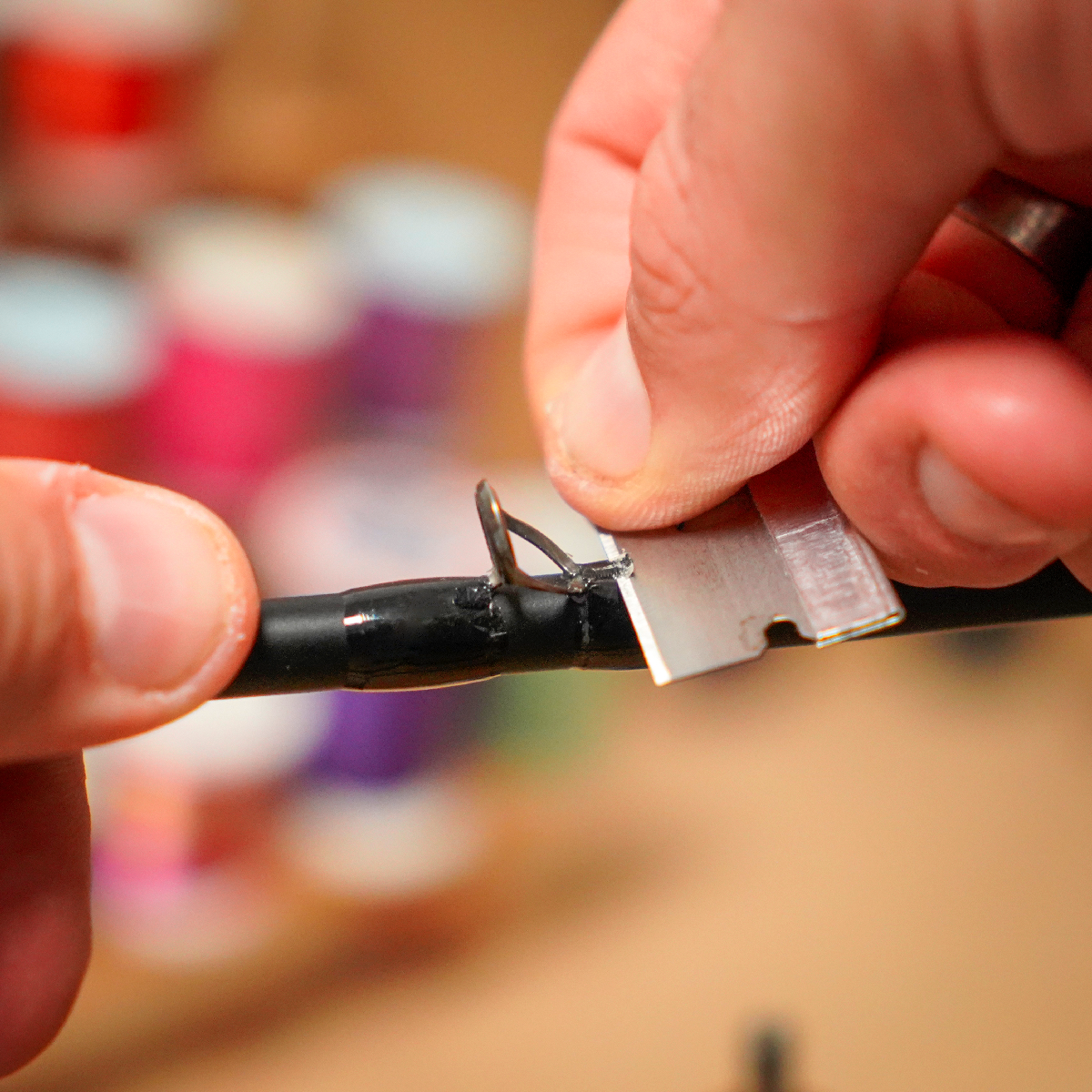
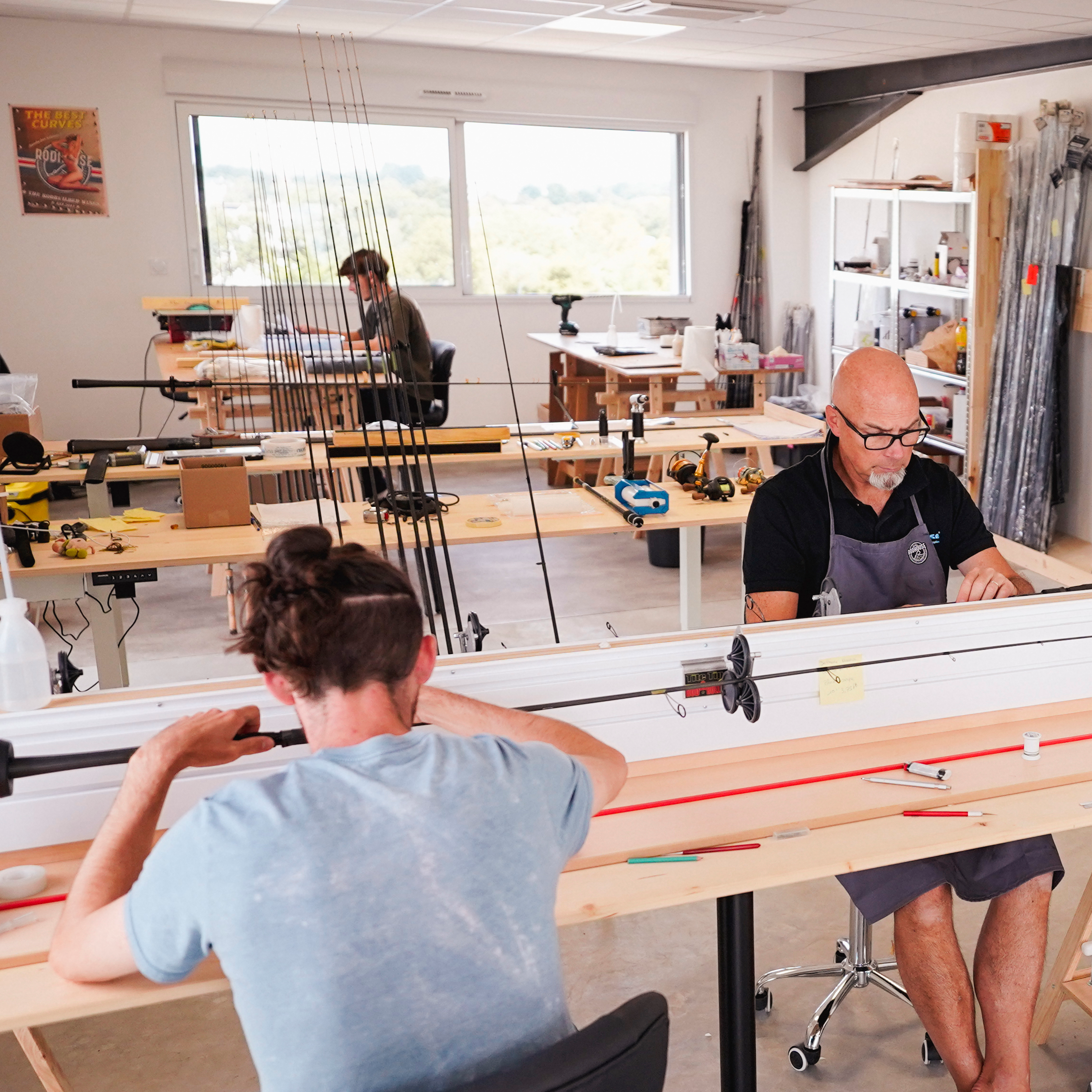
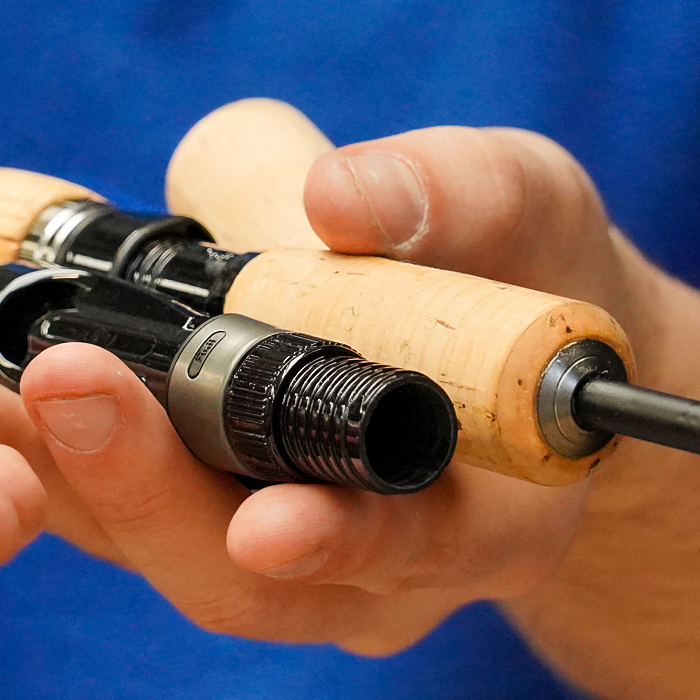
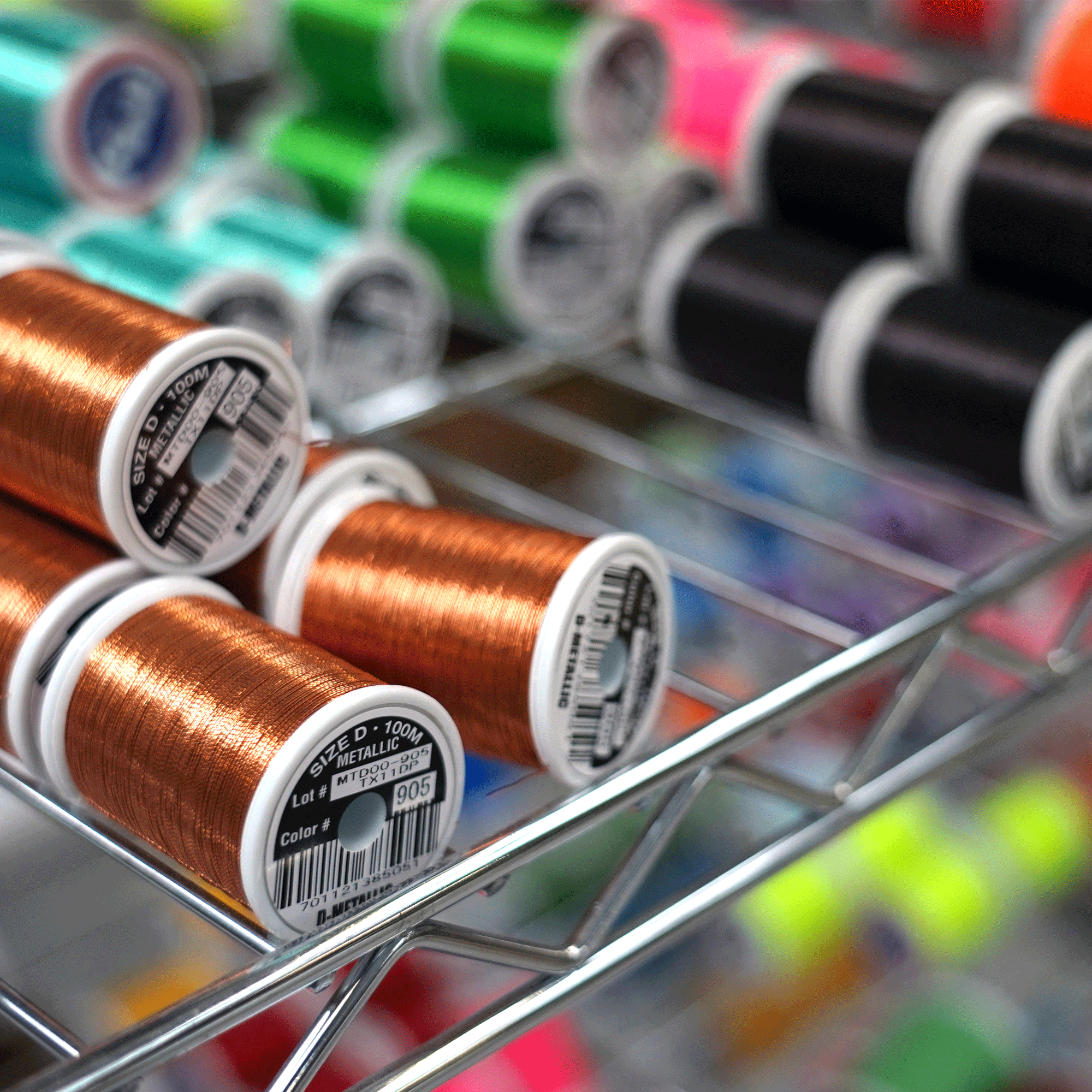
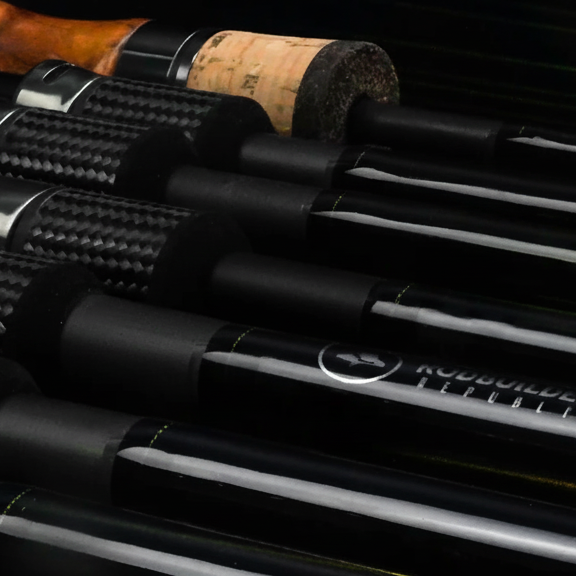
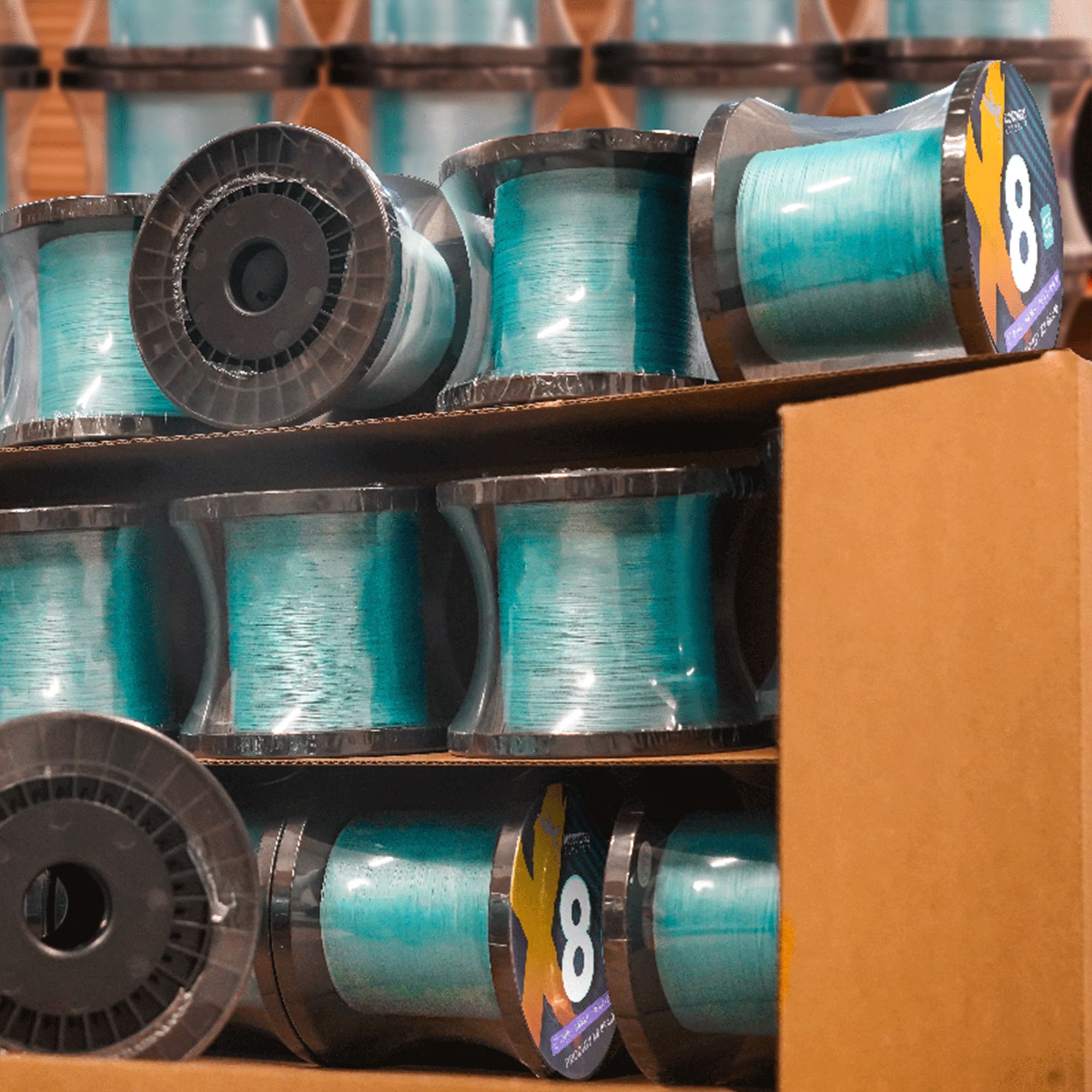

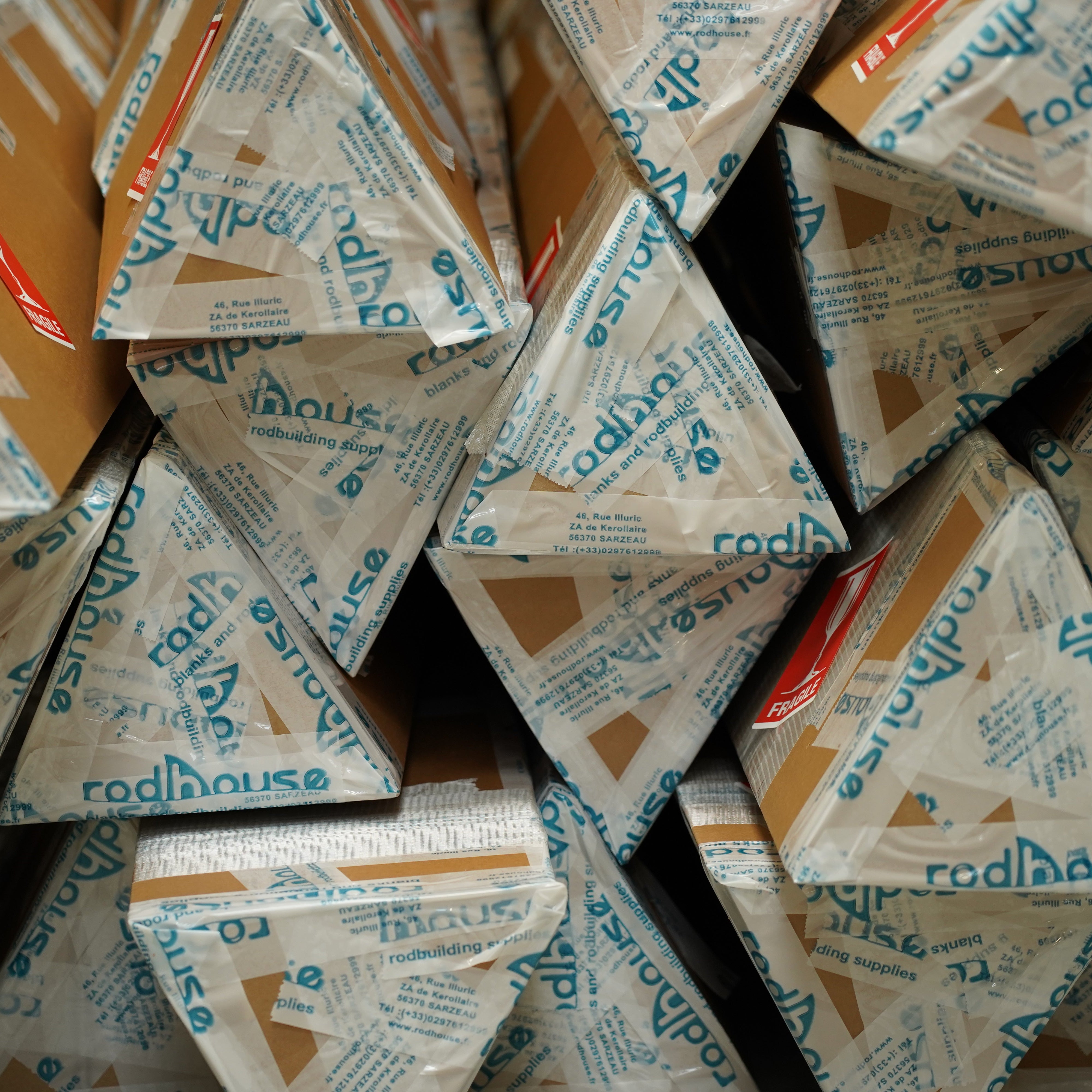




Leave a comment
All comments are moderated before being published.
This site is protected by hCaptcha and the hCaptcha Privacy Policy and Terms of Service apply.